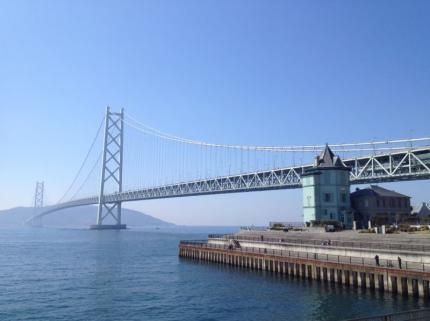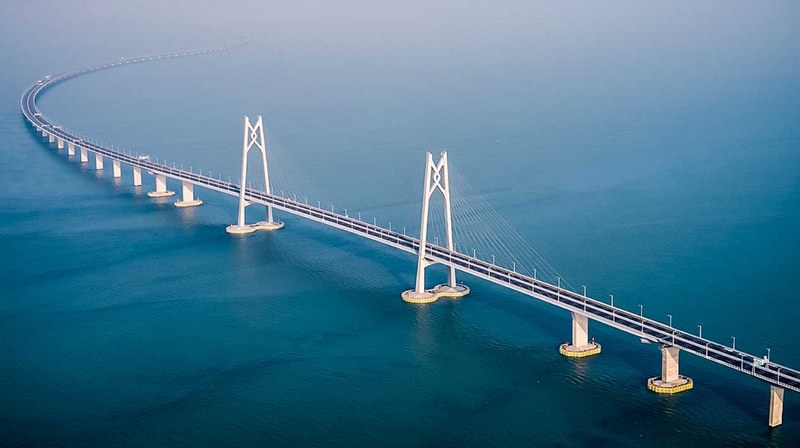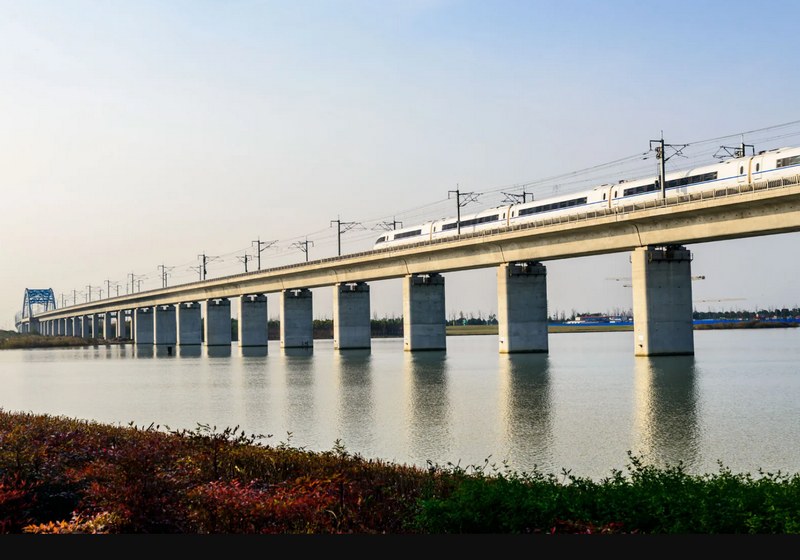Get free consultation
Fill out the form and we will contact you
In the world of grand infrastructure, bridges stretching tens or even hundreds of kilometers stand as symbols of human ambition, engineering skill, and creativity. A bridge is not merely a connection between two points; it demonstrates a country’s construction capabilities, organizational capacity, and economic development. This is why the question “Which is the longest bridge in the world?” has fascinated many, from travelers to architecture enthusiasts and engineers alike.
According to internationally recognized sources, the Danyang–Kunshan Grand Bridge in China currently holds the record for the longest bridge in the world, listed in the Guinness World Records.
The Danyang–Kunshan Grand Bridge is part of the Beijing–Shanghai high-speed railway, stretching approximately 164.8 kilometers. This astonishing length amazes even those in the construction industry, as it surpasses the distance between many major cities.
Construction began in 2006 and was completed in 2010, with total costs reaching billions of USD. Its impressive size is not just about length; it also overcomes diverse terrain such as rivers, lakes, wetlands, and soft soil areas. Ensuring stability for high-speed trains traveling across such a long bridge requires extraordinary precision and engineering expertise.
This bridge is more than a transportation structure; it symbolizes China’s rapid infrastructure development in the 21st century.
The bridge’s massive length is not for show; it meets practical needs. The Beijing–Shanghai high-speed rail passes through extensive wetlands and weak soil regions that would make a conventional railway unstable. Constructing a continuous elevated bridge was the most viable solution to maintain safety, minimize the impact of weather and terrain, and ensure smooth train operations.
This design method has inspired other countries facing similar terrain challenges, as it optimizes both durability and long-term maintenance costs.
Bridges spanning tens of kilometers are not just impressive structures; they significantly impact economic and social development. By connecting previously isolated areas, these bridges promote trade, tourism, and regional growth.
For the Danyang–Kunshan Grand Bridge, travel time on the Beijing–Shanghai high-speed railway has been dramatically reduced, making it one of the busiest rail lines in the world. Hundreds of trains pass daily, meeting the massive transportation needs between China’s two largest economic hubs.
Such projects demonstrate how vital transportation infrastructure is to national growth. A long bridge is not merely an engineering achievement but also a foundation for sustainable regional development.
While Danyang–Kunshan remains the record-holder, there are many other bridges exceeding tens or over a hundred kilometers, most of which are also in China. These bridges often cross plains, wetlands, or flood-prone areas and approach the same level of engineering complexity.
However, none have surpassed the 164 km length, showing how challenging it is to build a bridge of such magnitude. Large-scale bridges require suitable terrain, massive financial investment, and extremely high traffic demand to justify their construction.
Some people confuse the longest bridge overall with the longest road bridge. In the road category, the Hong Kong–Zhuhai–Macau Bridge takes the lead, stretching approximately 55 kilometers, including bridges, tunnels, and connecting roads.
This sea-crossing bridge connects three major economic regions in Asia: Hong Kong, Zhuhai, and Macau. Although shorter than Danyang–Kunshan, it is remarkable for its underwater tunnels, storm resistance, collision-proof design for ships, and protection against sea corrosion.
This illustrates that depending on purpose, each type of bridge has its own “champion.” Overall, the longest bridge in the world remains the elevated high-speed rail bridge.
Owning the world’s longest bridge demonstrates a nation’s engineering capabilities, large-scale project management, economic strength, and strategic vision for infrastructure. For developing countries, such projects encourage investment in transportation networks, regional connectivity, and sustainable development.
In China, the numerous record-breaking bridges reflect significant investment in science, technology, and high-speed rail infrastructure.
Currently, the Danyang–Kunshan Grand Bridge holds the title of the longest bridge in the world, spanning over 164 kilometers. It represents the pinnacle of engineering and provides immense economic and social value. While there are many other impressive long bridges worldwide, this record remains unmatched and stands as a testament to modern construction achievements.
Fill out the form and we will contact you



